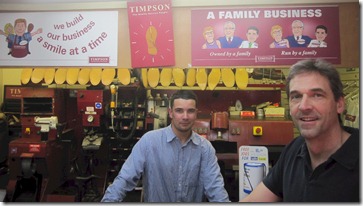It’s not just “work” that can be flexible, but it’s counterpart…vacation (or “holiday” in the UK). Certainly, the workplace has instituted a number of innovations for how people take their time off – carry over, in lieu, etc. But some companies with the Dynamic Work ethos have gone the full extreme of flexibility…unlimited holiday.
The NBC piece “Some Companies Give Workers Unlimited Vacation” describes…
“Although companies may worry that employees would abuse the policy, Bruce Elliott, manager of compensation and benefits for SHRM, said that most workers fear taking too much time off could damage their reputation. "What we see in some cases is a portion of the population taking less time," he said. More often than not, Elliott said, workers take about the same amount of time off as those with traditional paid-time-off benefits. Companies also claim a financial win. Days off are not accrued, and if an employee leaves, a company doesn't have to pay them out for unused days.”
The scenario seems like a John List experiment in behavioural economics. But companies don’t need to depend on inherent altruism nor variants of Prisoner’s Dilemma to determine how their staff will respond. Ultimately, such schemes depend on a context of measured accountability. Then, as Dan Price, founder and CEO of credit card processing company Gravity Payments in Seattle, notes. "The idea is that you are now judging employees on their work and results." As I would always say, I don’t care if you do your month’s work on day 1 and then spend the rest of it in Barbados. As long as the work gets done (which also has to account for dependencies stake holding colleagues have on your expertise and contributions in their time frames).
Here in the UK, the industry trailblazer Richard Branson is one of the leaders in this initiative…
“We should focus on what people get done, not on how many hours or days worked. Just as we don't have a nine-to-five policy, we don't need a vacation policy."
The concept underscores that effective workplace contribution is not about the activity or presence. It’s about the outcomes and results.


